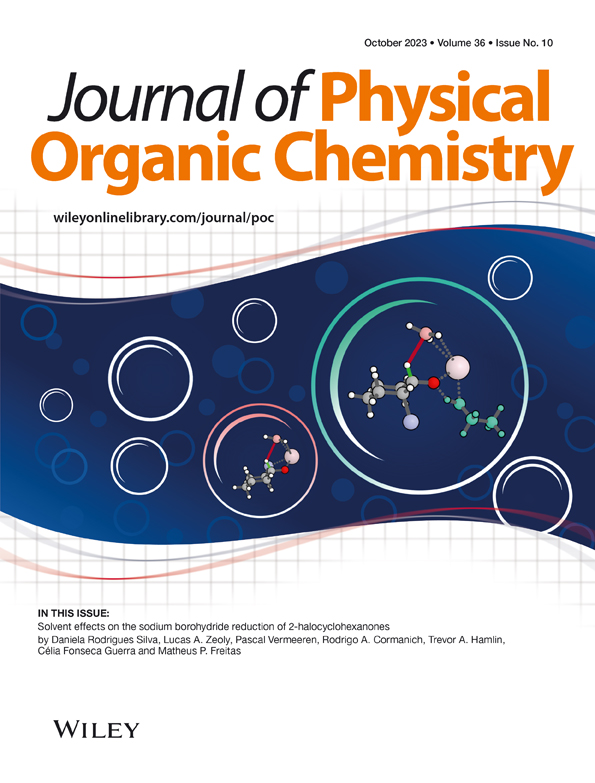Electrical conductivity and species distribution of aluminum chloride and 1-butyl-3-methylimidazolium chloride ionic liquid electrolytes
Abstract
Electrical conductivity (σ) of aluminum chloride (AlCl3) and 1-butyl-3-methylimidazolium chloride (BMIC) ionic liquid (IL) was investigated as a function of temperature and AlCl3 mole fraction ( ). Electrochemical impedance spectroscopy was used to measure the electrical conductivity. Composition of AlCl3:BMIC ionic liquid was varied by changing the from 0 to 0.67. The temperature was changed from 70°C to 110°C at 10°C intervals. It was found that the electrical conductivity increases with an increase in temperature. Electrical conductivity increases with from 0 to 0.5 and then starts to decrease after = 0.5. A species concentration profile was developed based on thermodynamic model at room temperature for the IL containing , , , , , , and at different . The only anion species presents between 0 and 0.5 are and . Anions like , , , and are found at higher . A good agreement between the model and the experimental data was obtained. The variations in anion concentration, molecular structure, and cation–anion interactions are to be the causes of the changes in electrical conductivity of AlCl3:BMIC system.
Open Research
DATA AVAILABILITY STATEMENT
The data that support the findings of this study are available from the corresponding author upon reasonable request.




